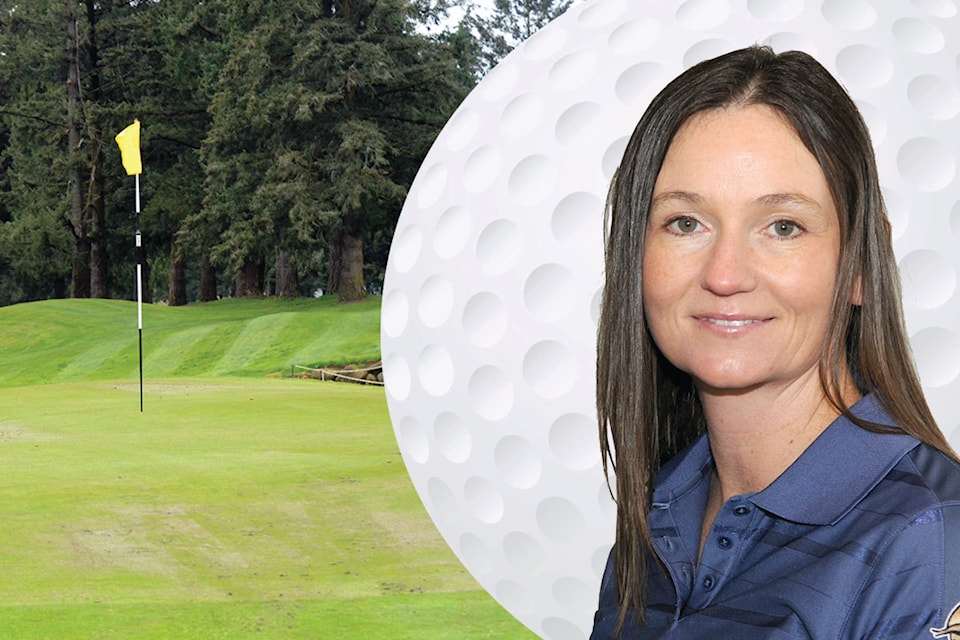One of the easiest ways to lower scores is to improve overall speed control on the greens. This is by far the simplest way to decrease scores, while keeping technical thoughts at bay during your round.
On the putting green, this means being able to control the distance your first putt travels, whether it be a three or 30 foot attempt.
For a putt to have the best chance of going in the hole, it would go approximately six inches past the hole.
This gives it less chance of lipping out, and lets face it, no putts left short of the hole have a chance of going in.
The next time you practice your distance control on the practice green, try this simple ‘feel’ drill.
Line up to hit a long putt and use your eyes to get your alignment, and speed.
When you return your eyes to the ball, keep them there as you strike the putt. Then predict to yourself without looking at the ball if it would end up short, long, or just right (six inches past the hole). Do this several times and see if your predictions improve.
When working on your distance control with chipping, I use the analogy of tossing an underhand golf ball onto the green. I have never taken a ‘ball tossing’ lesson, nor do I practice tossing a golf ball. However, if I give myself the task of tossing a ball at a target, I can actually pull it off most of the time!
It would be very similar to fielding a ball in baseball, then throwing the ball to the first baseman. Once you catch the ball, you will use your eyes and respond to your intended target. You don’t have time to think about how hard to throw the ball, or even your technique. You will use your eyes and respond.
The secret is to always have an intended trajectory in mind, as well as a specific landing area. This means when you are chipping, use your eyes like a baseball player would, and pick a spot on the green you want the ball to land. Keep in mind how much roll the ball will have after landing.
To work on this the next time you are on the practice green, use a tee to mark where you would like the ball to land.
See if you can get the ball to land on your intended landing area. When you play next on the golf course, you can’t use a tee to mark your landing area, but try to find something on the green like an old ball mark or even a discolored mark on the green. Use your eyes and visualize the shot landing there. You will be surprised how well you can get the ball to land where your eyes tell you!
Jennifer teaches golf to adults and juniors at the Chilliwack Golf Academy. She played professionally on tour for over 10 years, won the 2016 LPGA Western Section Teacher of the Year award, and is the Head Women’s and Girls Provincial Coach for BC Golf. She can be contacted at 604-798-9805, chilliwackgolfacademy.com, or at Jennifer@chilliwackgolf.com
